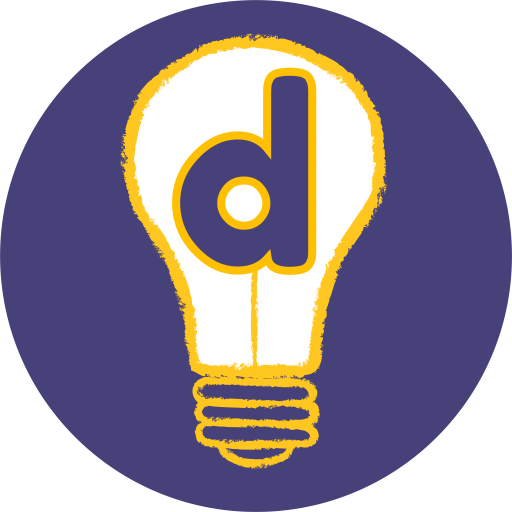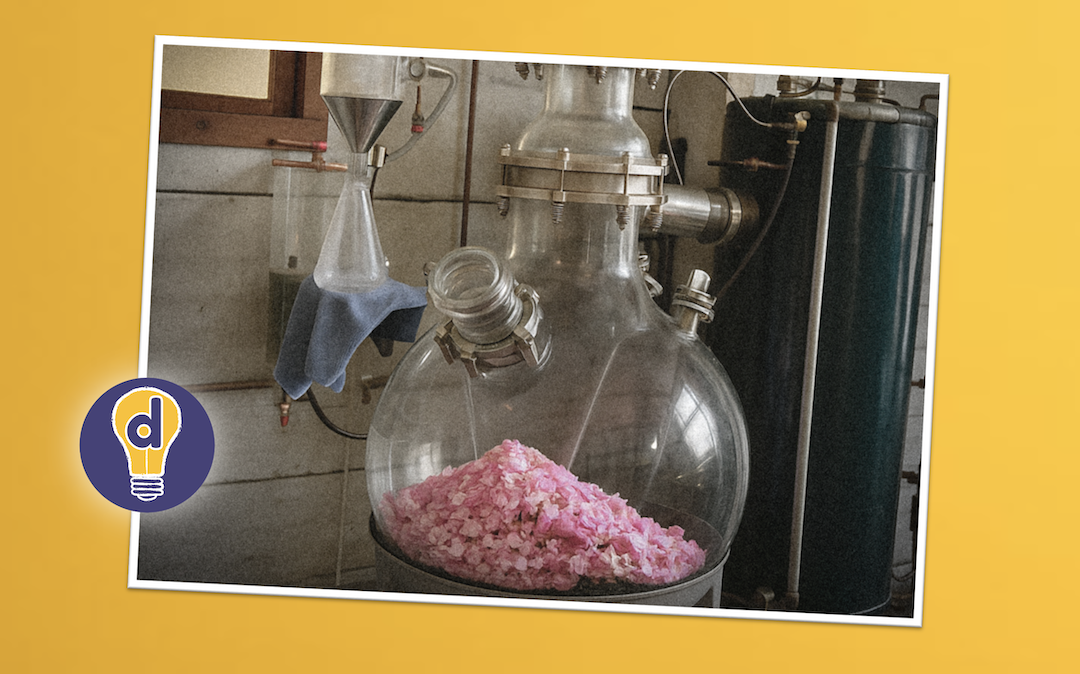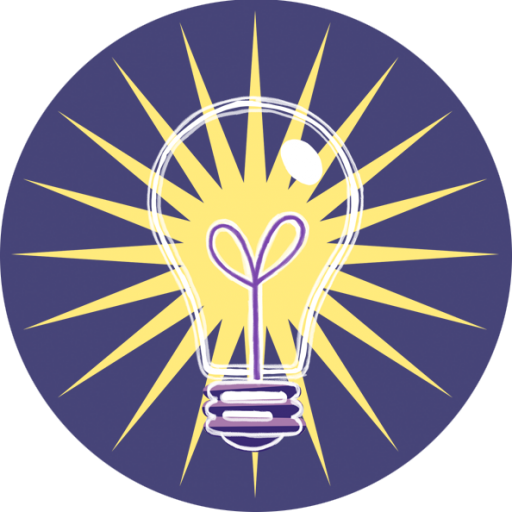For over eight centuries, roses have symbolised profound knowledge—wisdom that’s precious because it demands real effort to obtain.
Persian mystic Rumi wrote of roses as divine secrets locked within “a hundred veils of petals,” each layer hiding deeper truth from anyone unwilling to work for it. Medieval alchemists understood roses as containers of spiritual essence—but essence that wouldn’t give itself up easily. In Dante’s vision, divine wisdom appeared as a celestial rose where knowledge flowed outward from an unreachable centre through layer after layer of complexity.
Distilling the essence
In Bulgaria’s Valley of Roses, farmers understand this too: at 4am, they start harvesting 60,000 rose petals in a precise four-hour window. Those roses contain essence so concentrated and valuable that a single bottle sells for £8,000—but that essence would stay trapped forever without one key step: steam distillation.
The process is simple but transformative; steam passes through the rose petals, creating conditions where the essential oils can separate from the plant matter. The steam carries these oils away as vapour, which then cools and condenses, leaving behind pure rose essence. Only by adding steam, can farmers extract concentrated oils that would otherwise remain locked inside the petals forever.
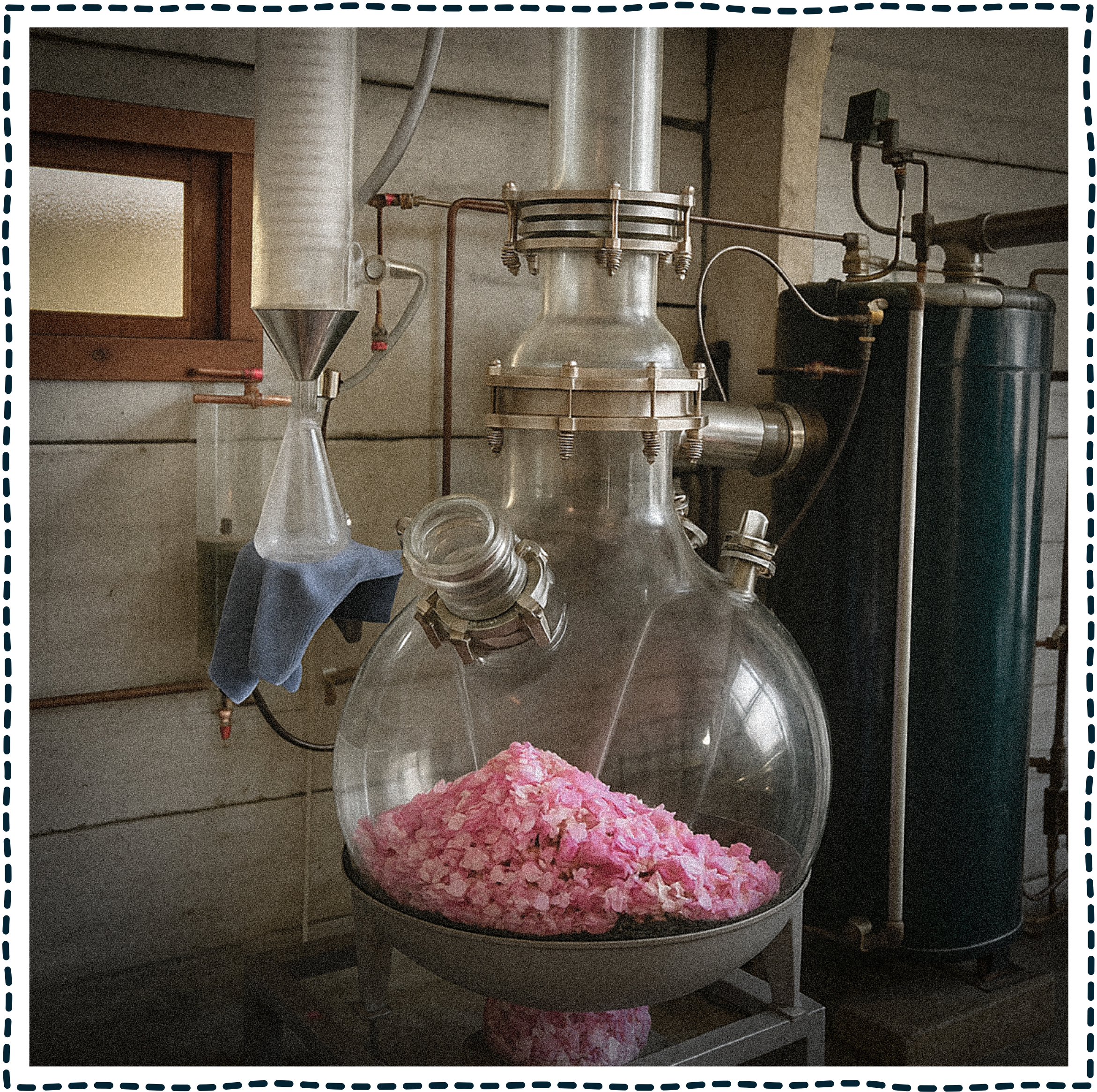
Why learning often remains locked up
Training courses contains vast amounts of knowledge too. But what makes that knowledge truly valuable isn’t its presence in textbooks or syllabi; it’s when learners can apply it in real situations.
This applied knowledge is the ‘essential oil’ of learning and training. It exists within our curricula, but conventional teaching methods often struggle to extract it. Worse, conventional teaching—which likes keeping theory and practice separate—can lock this practical wisdom up even tighter.
Rose growers know what happens when buds can’t open properly: they “ball”—staying closed without blooming. Conventional teaching does something similar to knowledge. Learners may absorb information, but when theory stays separate from practice, that knowledge balls up: it forms but never truly flowers.
Until someone introduces fictional scenarios.
Scenarios are more than just decoration
Scenario-based learning creates imaginary situations where learners must make decisions, solve problems, and navigate challenges as if they were actually there. Instead of learning about leadership through textbooks, for example, learners might find themselves managing a fictional team crisis with competing deadlines and difficult stakeholders.
But fictional scenarios in learning settings will often meet resistance. “Why add all these fictional layers when we could just teach the concepts directly?” “Aren’t scenarios just decorative elements that complicate simple learning?” “Don’t these made-up situations just add clutter that gets in the way of real knowledge transfer?”
These concerns assume that fictional scenarios add complexity to learning. But fictional scenarios work like steam distillation. When we create workplace scenarios, we’re not adding complications—we’re creating conditions that allow practical wisdom to separate from all the theoretical content that keeps it locked up.
The fictional scenario provides what steam provides: it’s a deliberate intervention that helps essential capabilities become accessible. Time pressure, role clarity, competing demands—these elements don’t dilute or contaminate learning; they create the conditions where practical wisdom emerges intensely.
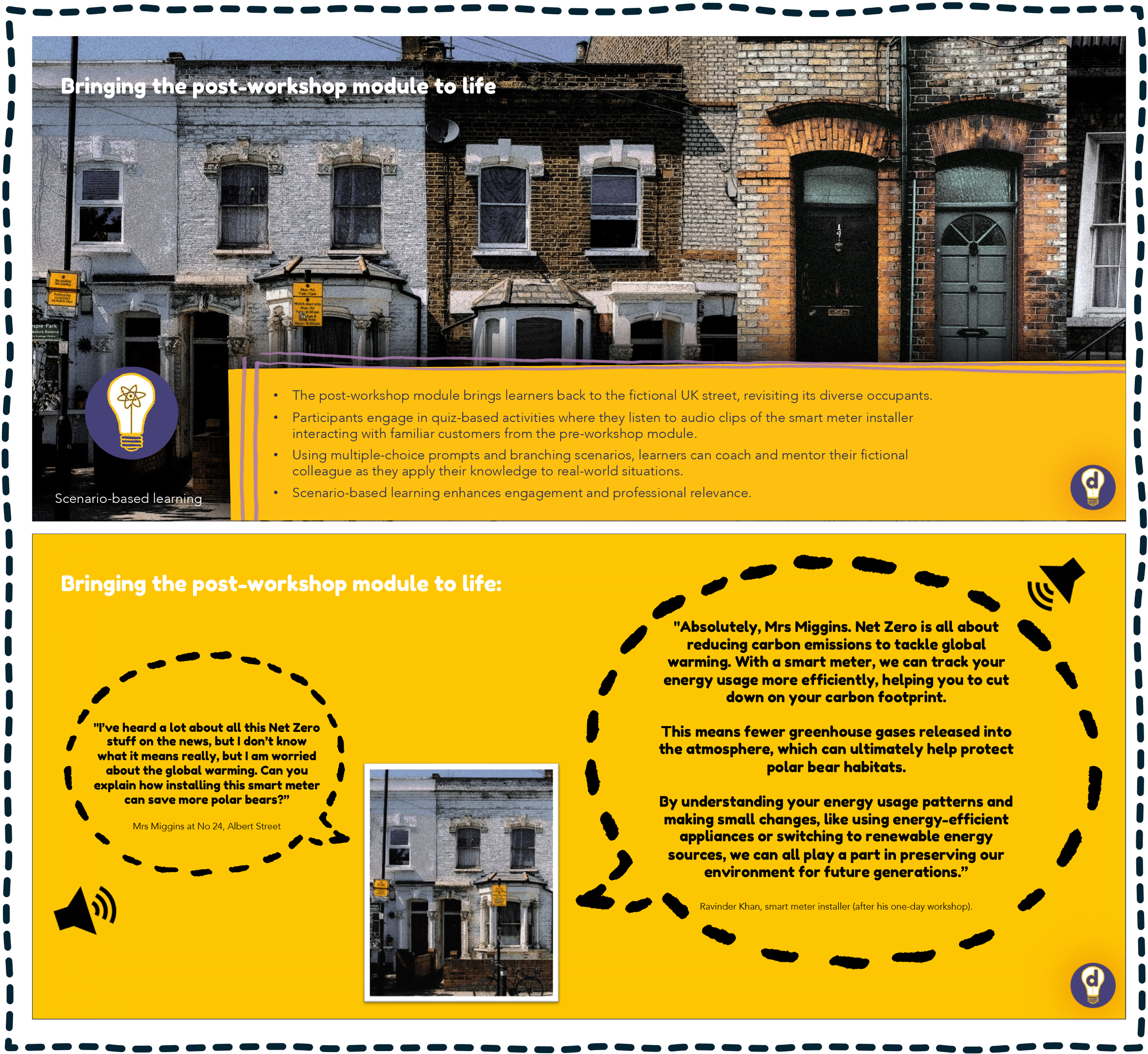
Using scenarios to enhance compliance training
When people push back on fictional scenarios, they’re missing what actually happens in the learning process. We worked with a major energy company last year on compliance training. Their existing approach was all about explaining regulations and procedures, but when installers got to real customers’ homes, they were struggling to apply it because every customer interaction was different and unpredictable.
This is a prime example of the balling effect. The knowledge was there, but it couldn’t open out into practical action. But by creating a fictional smart meter installer character who encounters different customer situations throughout the training, learners went beyond simply memorising compliance rules—they were practicing how to explain meter benefits to a sceptical customer.
Adding this fictional layer in fact made the compliance requirements clearer, not more complex. This is comparable to the steam distillation process: the fictional elements—the character, the situations, the time pressure—don’t muddy the learning. They create the right conditions for practical wisdom to separate out from all the regulatory information that would otherwise just sit there inert.
We see this pattern repeatedly. Whether it’s leadership development, technical training, or professional skills—the moment you put knowledge into a fictional but realistic context, it becomes usable in ways that traditional teaching just can’t achieve.
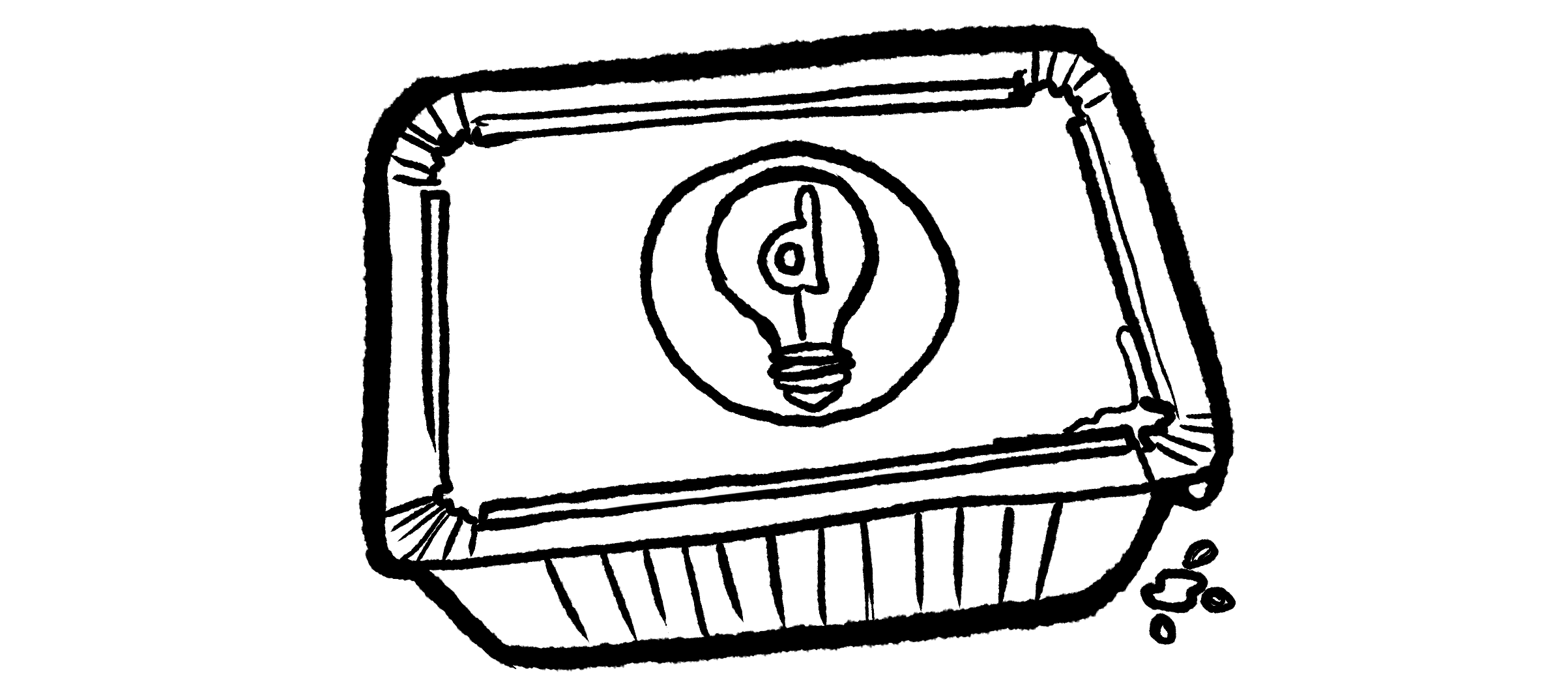
Five key takeaways for distilling learning using fictional scenarios
Here are five practical takeaways for “unballing knowledge” through scenario-based learning:
1. Facilitate, don’t broadcast: Your role shifts from delivering information to guiding discovery. Instead of explaining how to handle difficult conversations, create scenarios where learners must navigate them. Watch, listen, and intervene only when learners get stuck. The practical wisdom emerges through doing, not through being told.
2. Uncover the hidden curriculum: Every subject has unwritten rules that experts take for granted. In business scenarios, this might be reading room dynamics or knowing when to push back on senior colleagues. Design scenarios that force these invisible skills into the open where they can be practised and refined.
3. Create the right pressure: Practical wisdom separates from theory when learners face genuine constraints. Add time limits, competing priorities, or resource restrictions that mirror real workplace pressures. These aren’t complications—they’re the conditions that force knowledge to become usable.
4. Start with what they need to do: Begin with what learners need to be able to do, not what they need to know. If they must influence stakeholders, create scenarios requiring influence, then let the knowledge they need emerge naturally from attempting the task. The content becomes a tool rather than an end goal.
5. Trust the messiness: Resist the urge to smooth out complications or provide too much guidance. When learners struggle, make mistakes, or feel uncertain, that’s often when practical wisdom is separating from stuck knowledge. Create space for this productive confusion rather than rushing to eliminate it.

And just as those Bulgarian farmers extract every drop of essence from their roses, we’re always squeezing the pips of our own learning design projects—distilling insights from every challenge, every breakthrough, every lesson learned. Our resources offer concentrated wisdom from years of practical experience:
- Ding’s Learning Design Almanac provides practical solutions to real-world learning challenges. No theoretical padding—just essential techniques that work when you need them to.
- The Ding Blog shares fresh perspectives on educational practice. We cut through the noise to focus on what actually makes learning experiences engaging and effective.
- The Ding-O-Meter Podcast features honest conversations with learning professionals. Real discussions about the messy realities of creating meaningful education, with insights you can apply immediately.
- JUICE (Journal of Useful Investigations in Creative Education) does exactly what its name suggests—extracts the essential oil from academic research. We squeeze complex studies until the practical wisdom separates out.
Want to become a qualified learning designer?
We run a PGCert, PGDip and MA in Creative Teaching and Learning Design.

